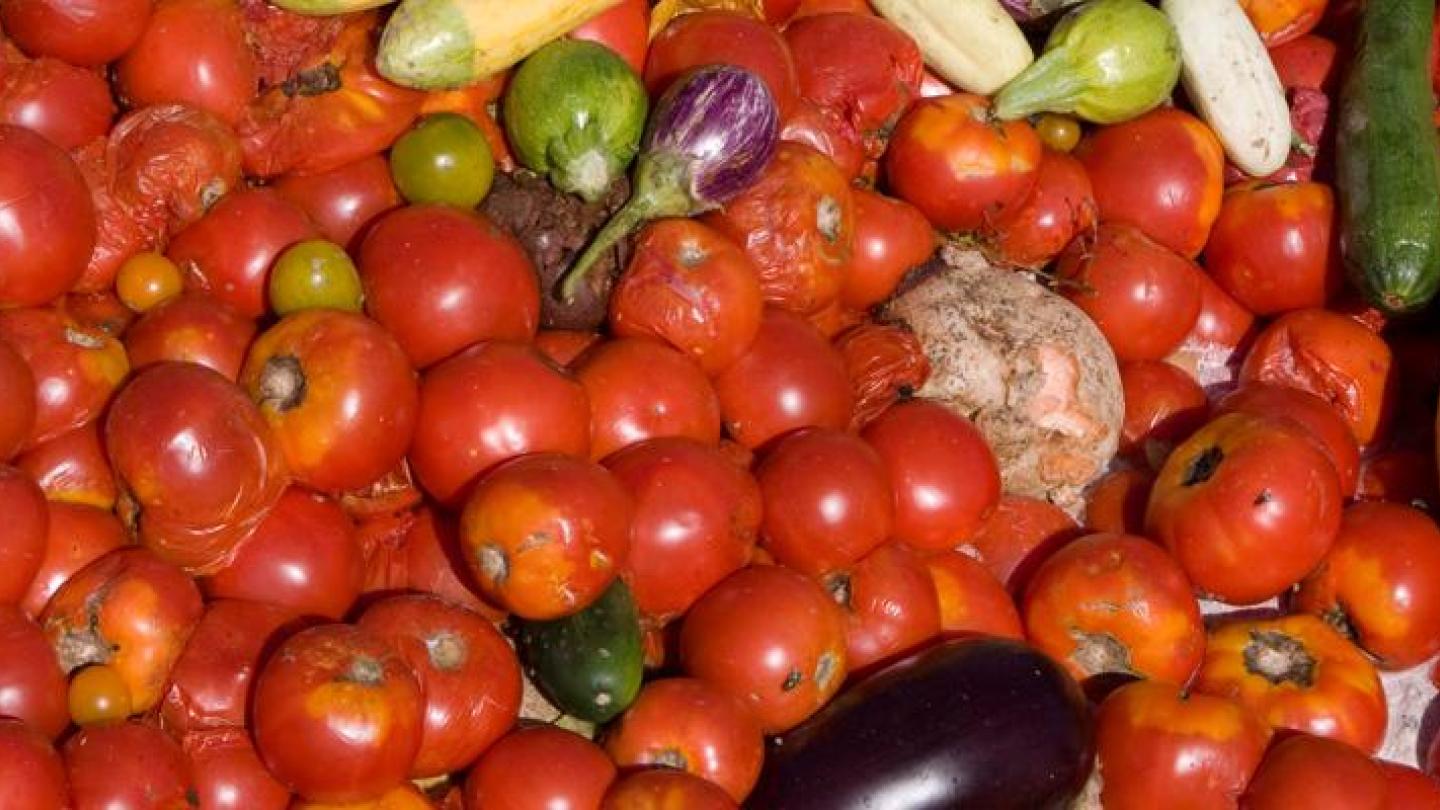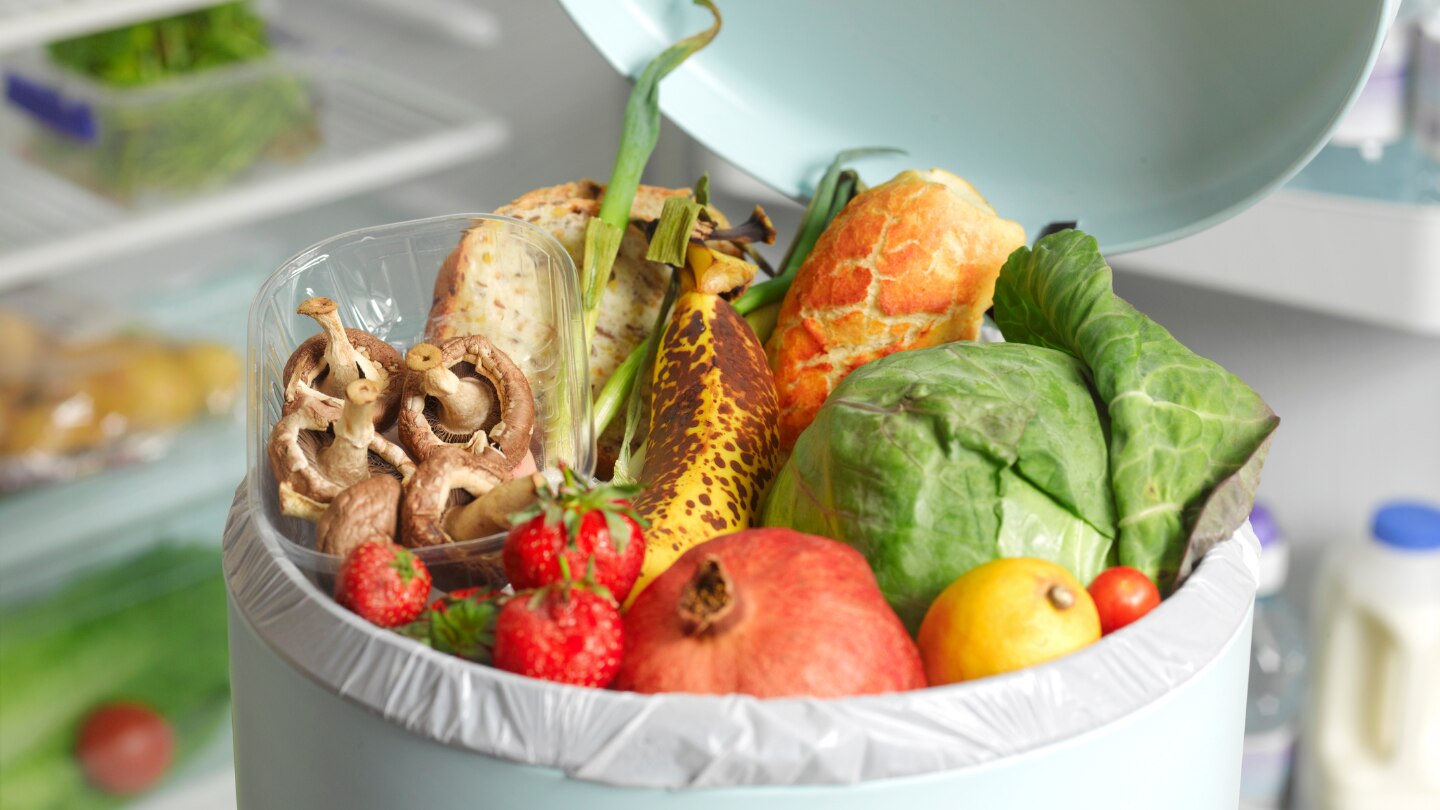The U.S. wastes approximately 63 million tons of food annually, costing more than $218 billion. Twenty-five percent (16 million tons) of the total food waste is generated by the restaurant and foodservice business at the cost of $36.5 billion.* The staggering environmental, societal and economic costs of food waste are gaining attention across the supply chain, and manufacturers, operators and consumers are increasingly tuning in to the true cost of food waste. Download this white paper to learn more from this Technomic study.
By submitting this form you agree to receive special updates and promotions from Nestlé Professional.
*ReFED. 2016. A Roadmap to Reduce U.S. Food Waste by 20 Percent.


